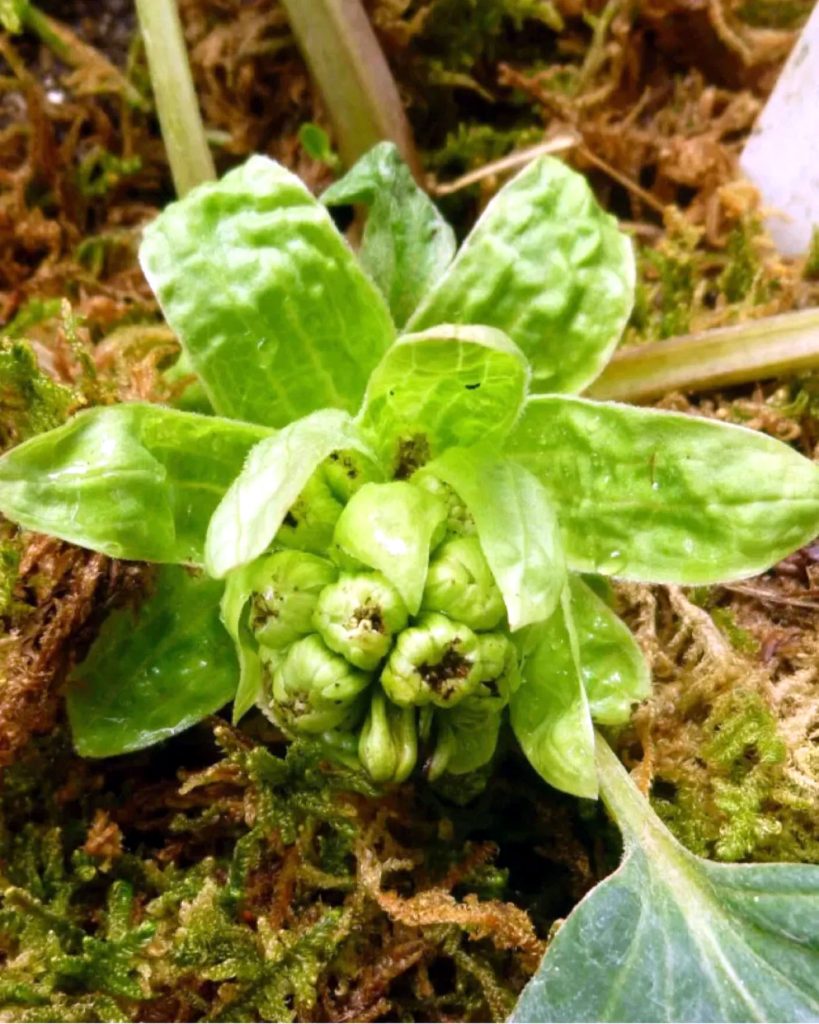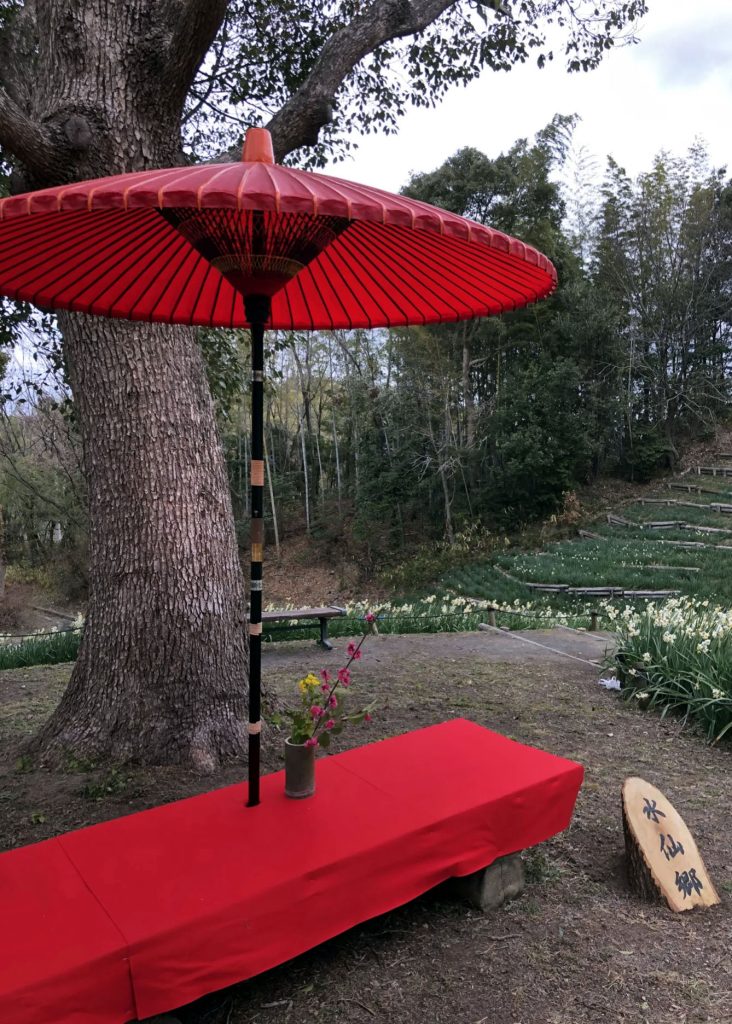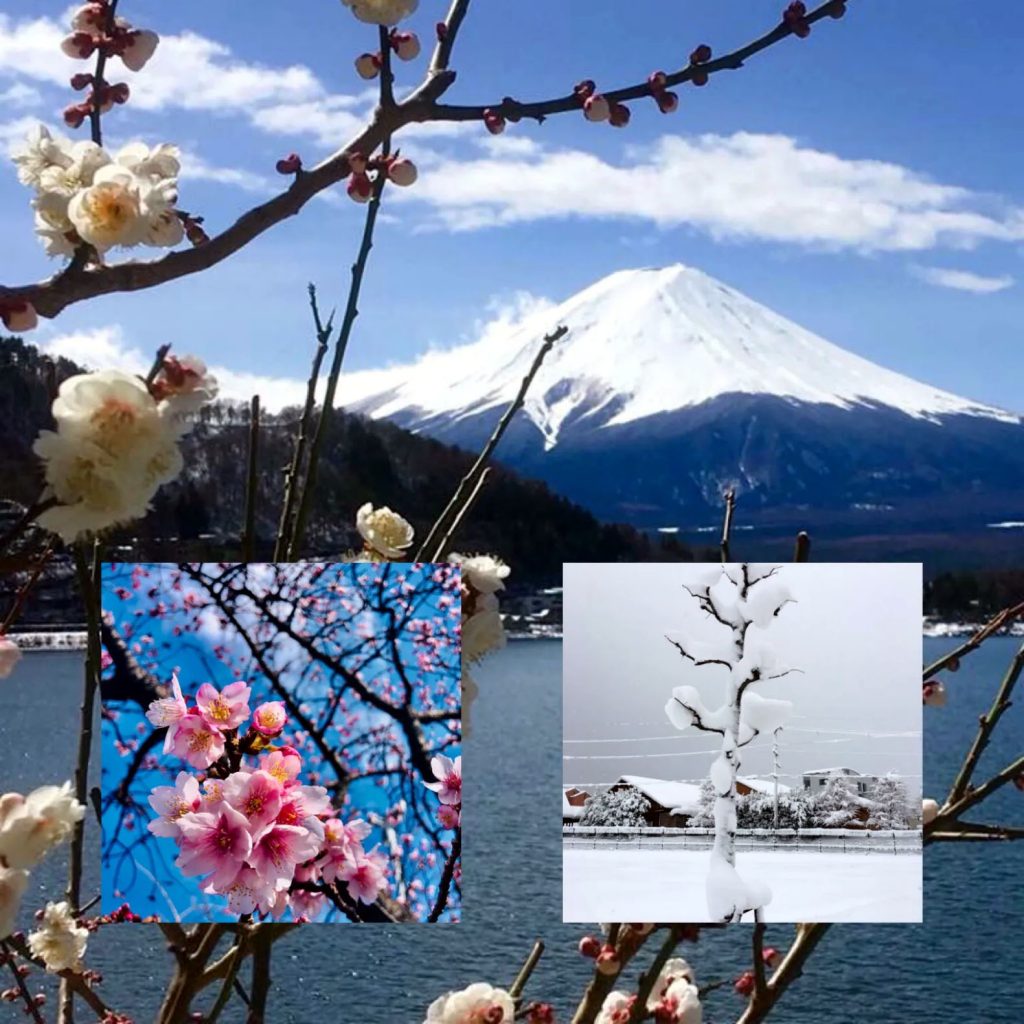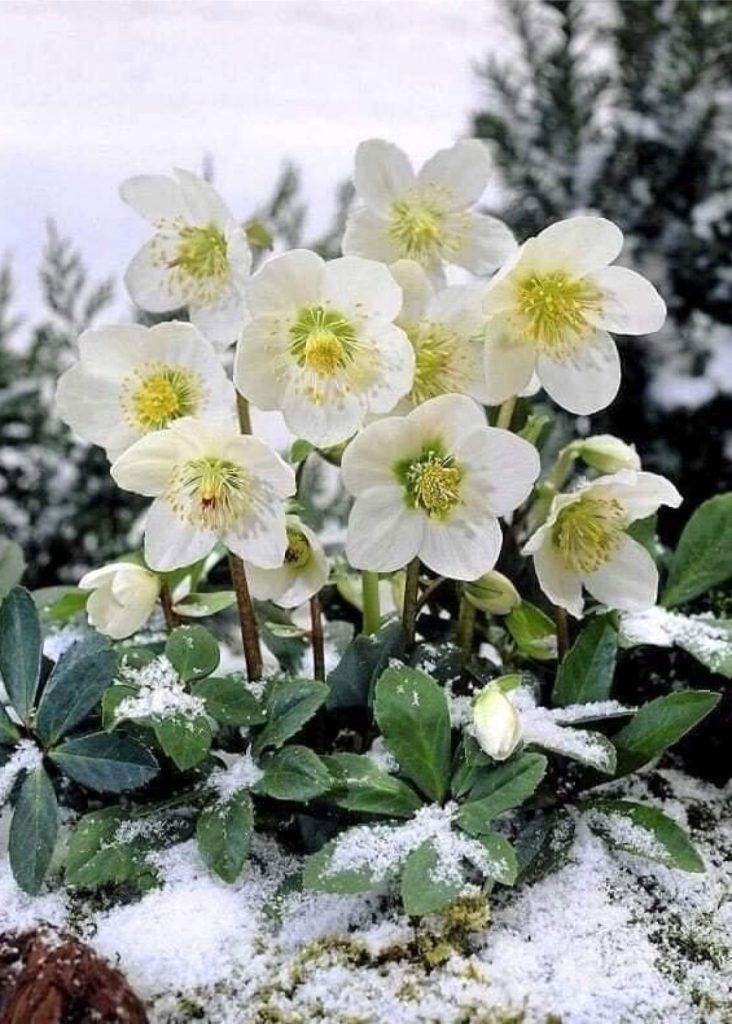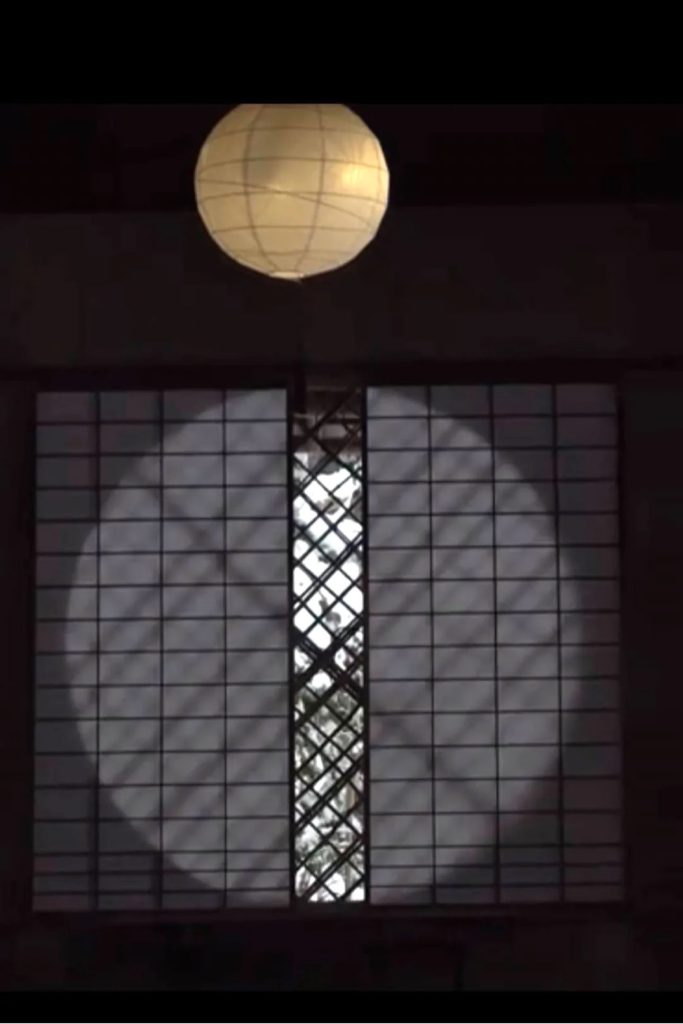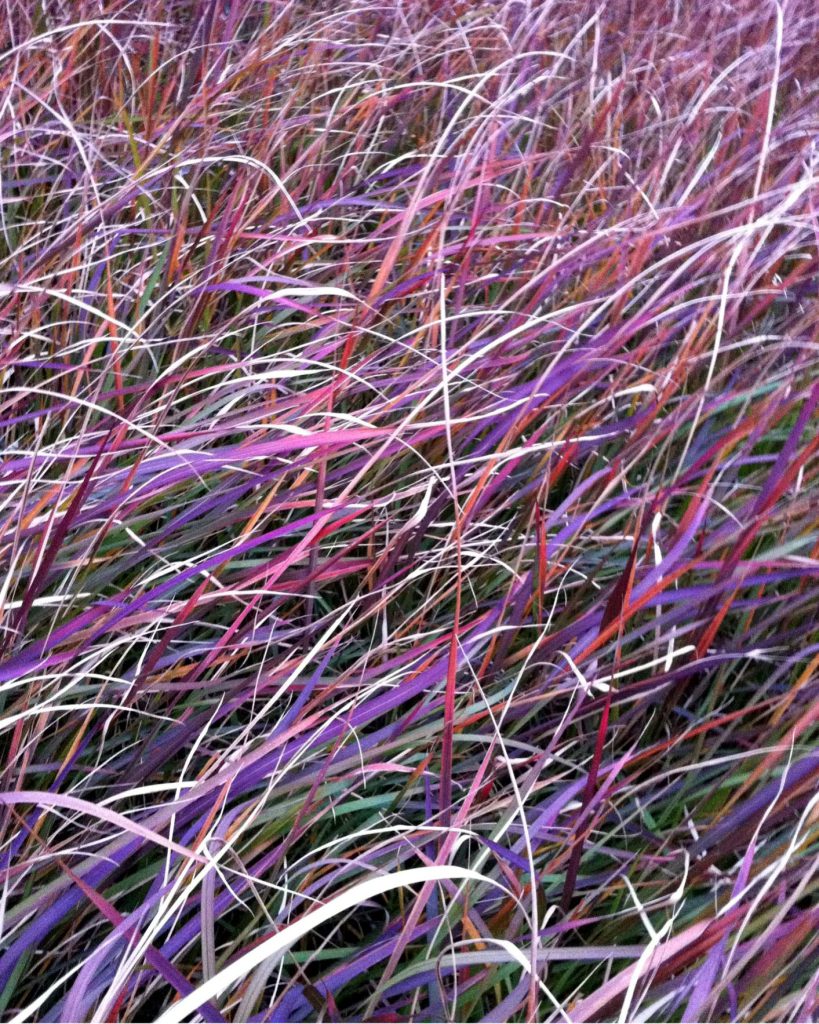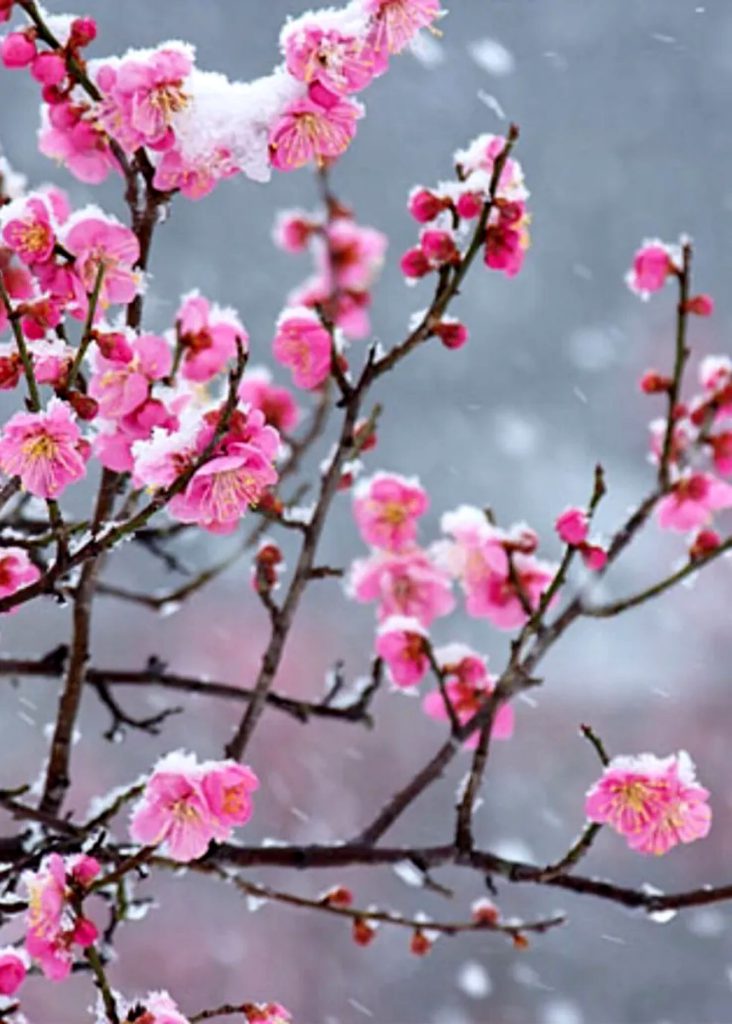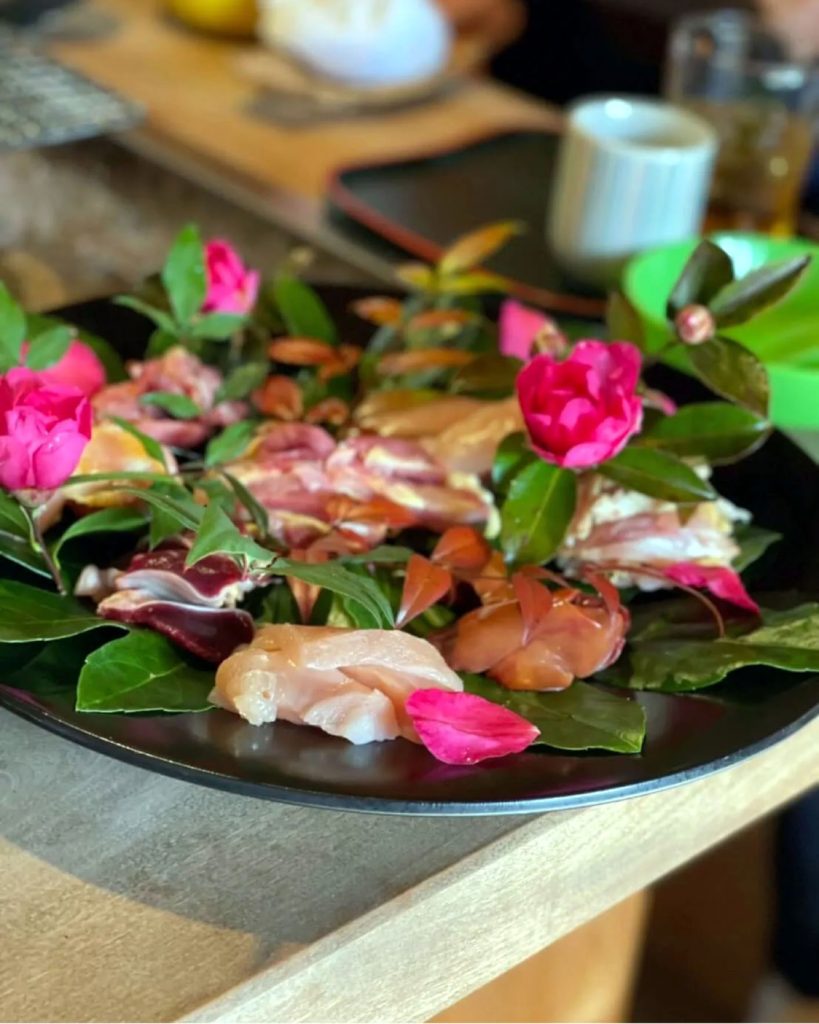
Rosanjin Kitaoji, a well-known gourmet and cook, said, “The tableware is the kimono for cooking.” Japanese cuisine, which is currently attracting attention from around the world, is not only interested in the ingredients and taste, but also in the dishes and the utensils on which it is served. If the vessel is a kimono for cooking, the flowers and leaves that accompany the dish are accessories that decorate the dish and the vessel. As you can see, the characteristics of Japanese cuisine have been to value the appearance as well as the taste as an important factor that makes the food look delicious. Even with the same dish, the quality of the presentation can make a big difference in the satisfaction you get when you eat it. That’s why we add seasonal flowers and leaves. Recently, we often hear the word edible flower. Edible flowers have actually been used in Japan for a long time. Edible flowers that are often seen in Japan include chrysanthemums that are served with sashimi or used for dipping, and rape blossoms that are eaten with sesame dressing.
美食家・料理家で著名な北大路魯山人は「器は料理の着物」と言いました。今世界から注目されている日本料理は、食材、味だけでなく、それを盛る器にも関心が寄せられています。その器が料理の着物なら、料理に添えられる花や葉は、さしずめ料理や器を飾るアクセサリーです。日本料理の特徴はこの様に、お料理が美味しく見える大切な要素として「味」とともに「見た目」を大切にしてきました。同じ料理でも、盛り付けの良し悪しによって食べたときの満足感は大きく変わるものです。季節季節に合った花や葉を添えるのもその為です。最近はエディブルフラワーという言葉をよく耳にします。エディブルフラワーとは「Edible =食べられる」「Flower=お花」、つまり『食べられるお花』を意味しています。エディブルフラワー=食用花も、実は日本でも古くから活用されていました。日本でよく見られる食用花には、お刺身に添えられていたりお浸しに使われる菊や、胡麻和えなどでいただく菜の花があります。

